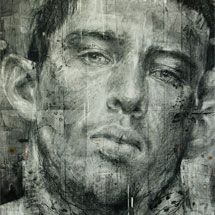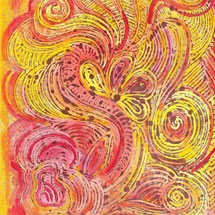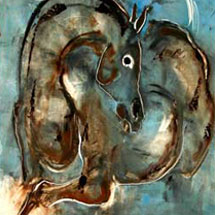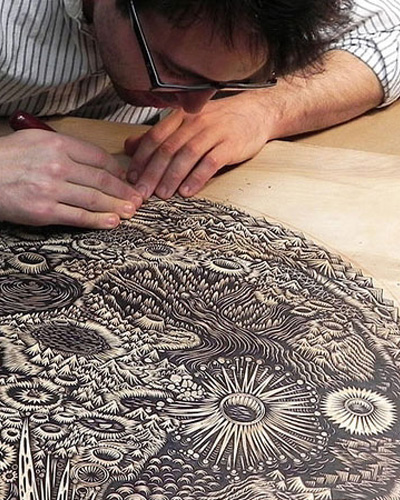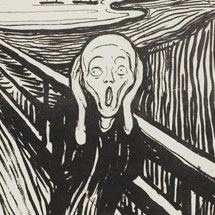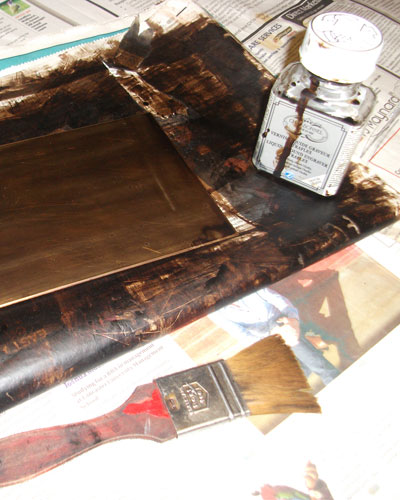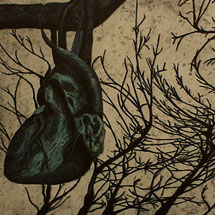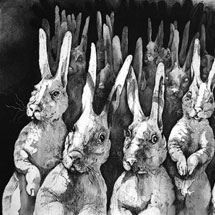
Processes
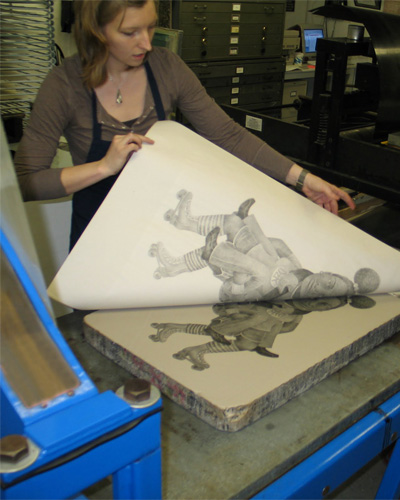
Lithographs are printed from polished slabs of limestone or aluminum plates that have been drawn on by the artist with greasy crayons and washes. Once the drawing is complete the printing surface is chemically treated to secure the image.
The areas that have not been drawn on will then hold water and repel the oil-based printing ink and the drawn areas will hold ink and repel water since oil and water will not mix. The stone or plate can then be damped with water and inked with a roller coated with ink, so impressions of the image can be made.
Literally translated from Greek, it means stone (litho) writing (graph). Its discovery was documented by its inventor, Alois Senefelder in 1796. The process has evolved into offset lithography, a high speed commercial printing process that is used to print a wide variety of materials including books, agazines, and newspapers.
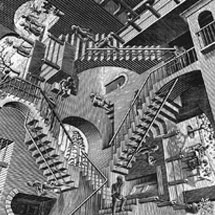
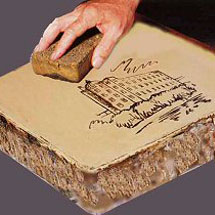
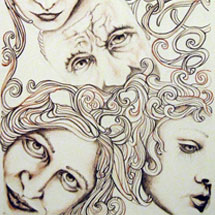

Screen Printing, also know as serigraphy and erroneously as silkscreen, is essentially a stencil process. First a fine mesh of synthetic fabric is stretched around a frame. Then an image is created on the screen by directly drawing on the screen or, more commonly, by coating the screen with a light-sensitive emulsion which will capture the image. The areas that will not print will be blocked out with these materials leaving the image areas open for ink to pass through them.
Ink is poured onto the screen and a squeegee is used to force the ink through the openings in the screen on to a substrate which can be paper or any other smooth material.
During the 1930s, a number of American artists began making artworks in screenprint, and by the end of that decade the term “serigraph” was devised to distinguish artists’ screenprints from commercial examples. During the 1960s, screenprinting came into greater prominence, particularly due to the Pop artists, who were attracted to its bold areas of unmodulated color, its flat surfaces, and its generally commercial look.

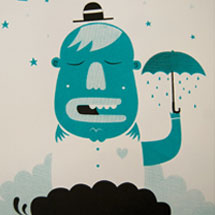
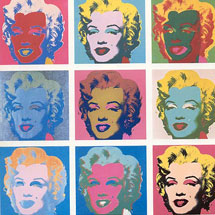
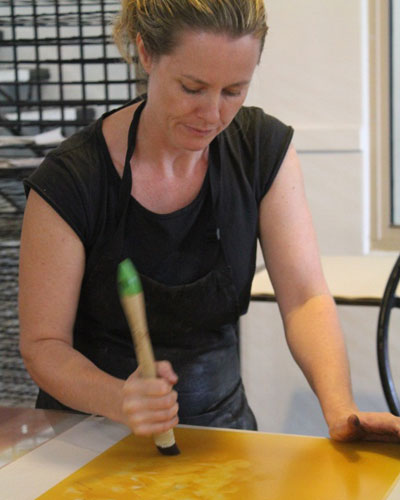
A monotype is essentially a printed painting. Ink is applied to a plate, which is typically plexiglas, by painting or by using rollers, and then printed to a sheet of paper. The image is unique, hence ‘mono’ meaning ‘one’, although a faint ‘ghost’ impression can be printed the second time through the press.
A monoprint may incorporate monotype techniques, but also employs an image printed from a matrix such as a lithograph, woodcut, etching, etc. Although a series of monoprints contains a repeated image, they have varied in some way to make each one unique rather than essentially alike one another.
Monotyping produces a unique print, or monotype; most of the ink is removed during the initial pressing. Although subsequent reprintings are sometimes possible, they differ greatly from the first print and are generally considered inferior. These prints from the original plate are called "ghost prints." A print made by pressing a new print onto another surface, effectively making the print into a plate, is called a "cognate". Stencils, watercolor, solvents, brushes, and other tools are often used to embellish a monotype print. Monotypes can be spontaneously executed and with no previous sketch.
